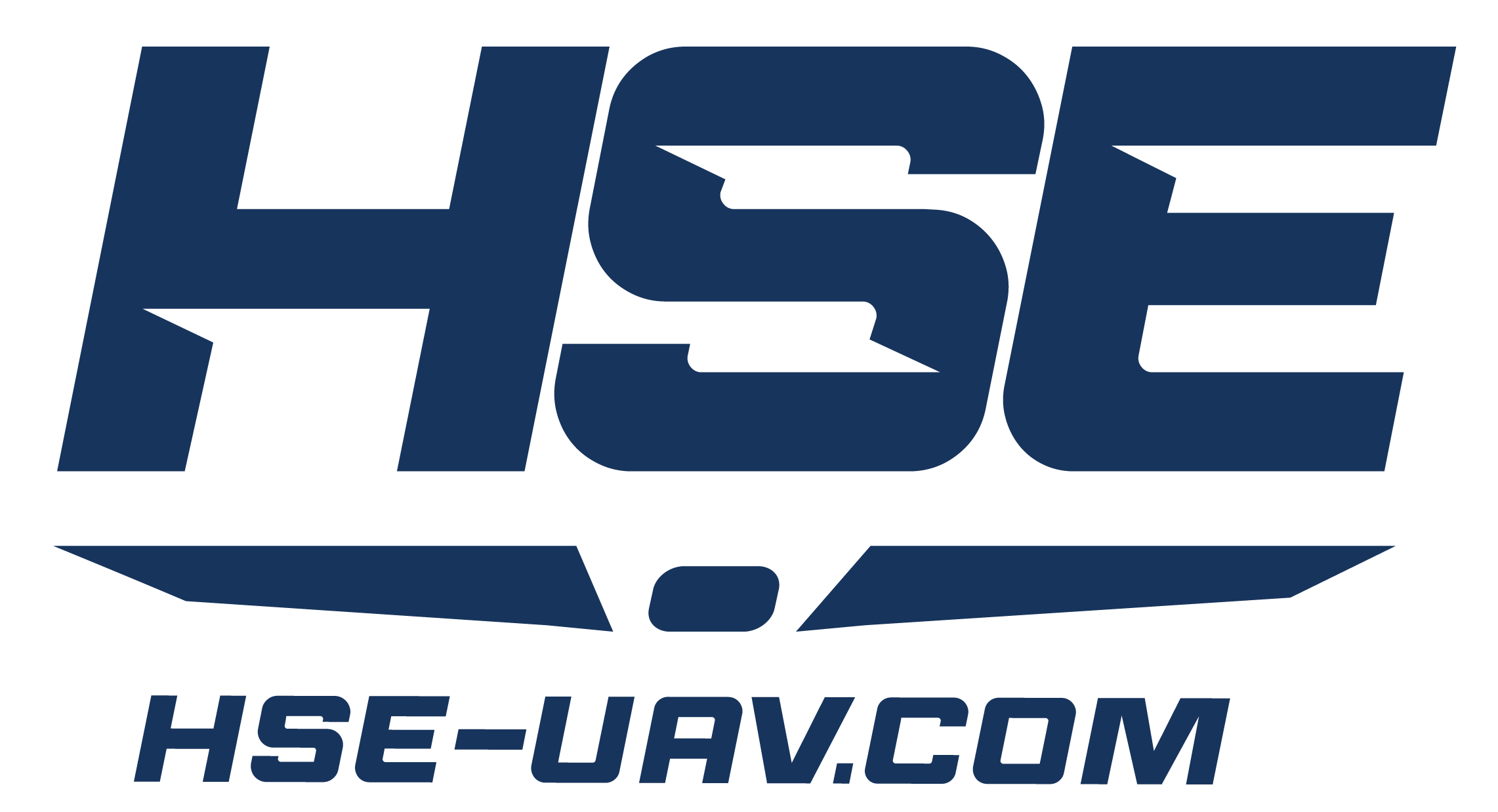Drone On the Farm – Crop Sprayers are Saving Farmers Time & Money

Since the early 90s, the hard-working people of the agricultural industry have been making use of technology to positively impact efficiency and their bottom line. From early adoption of GPS guidance systems for automated tractors, to referencing data compiled by AI software to help farmers make better decisions, to the use of drones in agriculture to spray crops and monitor herds – the use of tech out on the farm (commonly referred to as “precision agriculture”) has become a valuable tool.
Early drones may have been used to simply scout ahead to find remote livestock in far-off pastures (and, thus, saving the time of sending a person all the way out there), or even using thermal imaging to detect animal health, but as farmers expand the role that tech plays in their land upkeep, the use of drones in agriculture has become more diverse and is saving time and money every season.
The advantages for utilizing drones into your precision agriculture plan expands your reach and ability to monitor across your entire farm. Growers who incorporate UAVs can task a single machine, or a small fleet of equipment, with various duties around a given farmstead, such as:
- Monitoring – crop growth, moisture levels, irrigation problems, parasite impact, livestock location and health, soil erosion
- Detection – weed growth, parasite invasion, livestock threats, weather damage, UV damage
- Assessment – crop yield estimation, asset and facility status, fertilizer & herbicide impact
- Deployment – watering, seeding, livestock and asset tracking
Programmable drones for use in agriculture are the perfect tech tool for handling tasks such as these. With the UAVs you can purchase at HSE, farmers can program one or multiple drones to handle scheduled spraying runs over a designated field, take surveillance photos or videos of distant areas that take a long time to reach by truck or 4-wheeler, or monitor livestock that’s getting closer to calving seasons – all while your staff is busy taking care of other responsibilities.
Drones can come equipped for specific tasks, or can be changed up to maximize versatility. Items like traditional and/or infrared cameras, fluid containers with spraying connections, or even audio speaker systems are just some of the accessories you can use with a UAV.
The use of drones in agriculture is constantly expanding and saving farmers more time and money, largely to the smart utilization of the above accessories. In the past, checking up on one of your herds that you had moved to a distant field meant one or more of your staff getting into a vehicle, driving out to the location, assessing their current state, and making the trip back to the barn – and that was only to check up on them. What if your hands came across a sick or injured cow when they got there? What if your herd is missing and the only clue is a broken fence? At best, your crew would be able to radio in the problem to call for help – which meant time lost and potential loss of resources.
If you add a drone into this scenario at any point, it’s a totally different story. From the start, your staff could have sent a drone out to the remote field on the fastest, most-direct path possible and quickly located and viewed the herd with a remote camera setup. At that point, they can decide if the trip out to the field is necessary and, if it were, would already know what tools or equipment to bring with them (and how urgently to do so).
In another scenario, instead of sending out part of your workforce to manually set up and run the watering system over your crops, you instead could fill the tanks of your sprayer drones and then send them out to the specified field to take care of the task. The drones will fly out to the field, start following the spraying route that you designed (complete with self-adjustment for different terrain levels), and then fly back to the launch site – meanwhile, the people who would have been away had a drone not been used were working other assigned tasks that require a hands-on solution.
Time saved. Fuel saved. Manpower being used more efficiently – all things that precision agriculture will bring to your operation, and by using drones in your agricultural business, you can maximize efficiency and your bottom line. Curious how to improve your own agricultural business’s bottom line with drone technology? Get in touch with our experts today.
